#bulbous perennial that is native to central china
Photo

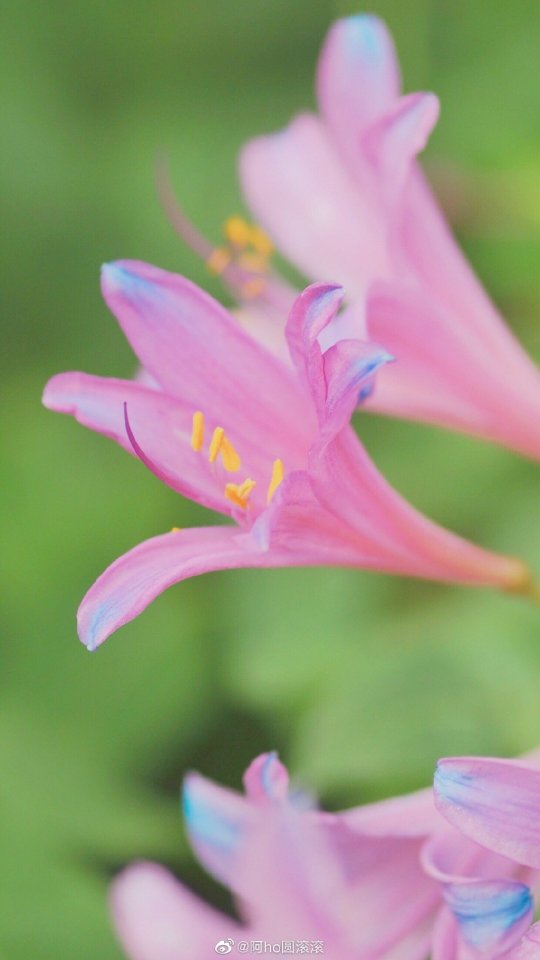
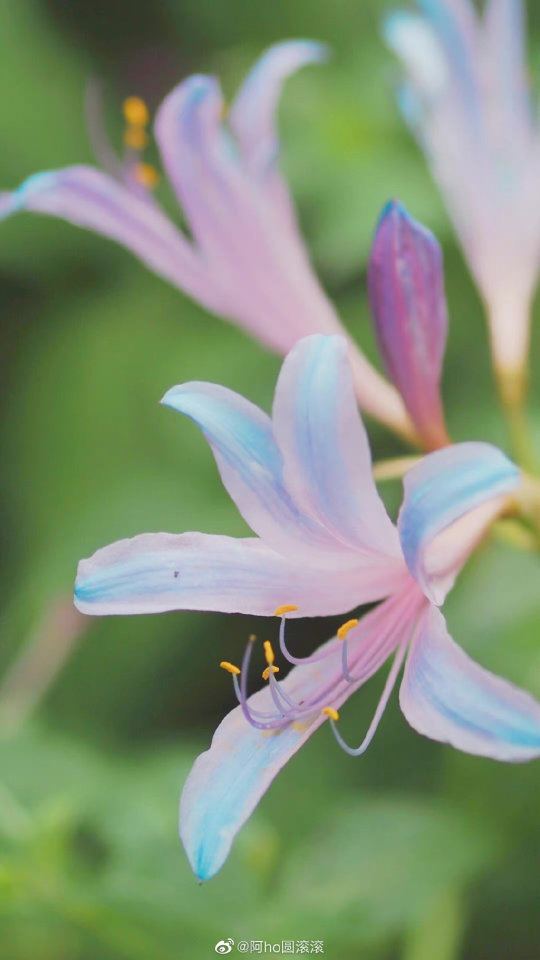
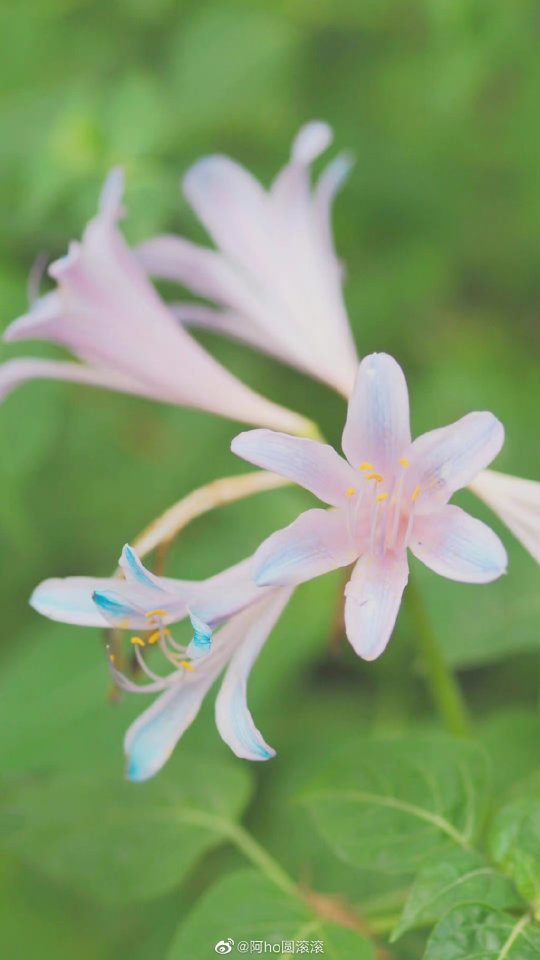
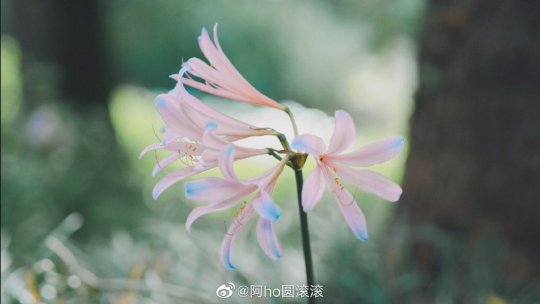


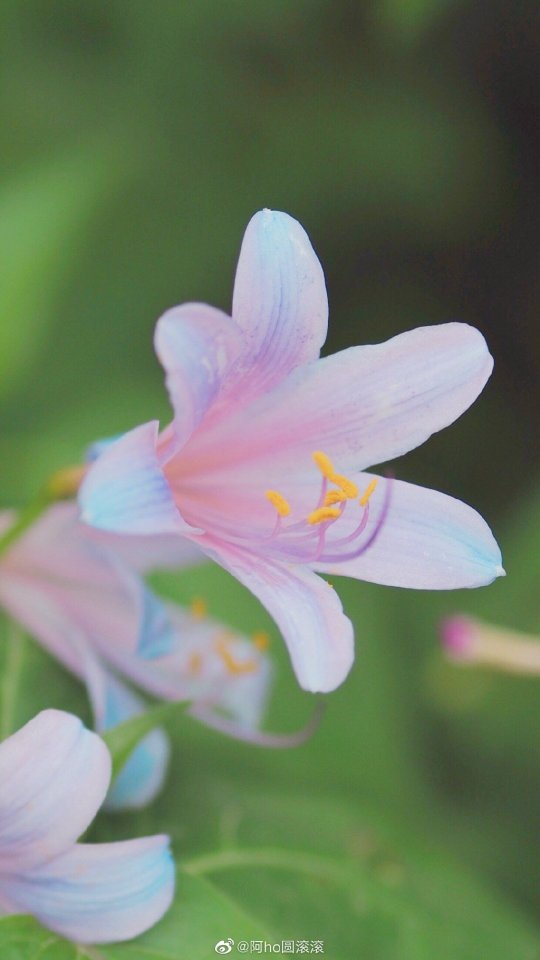
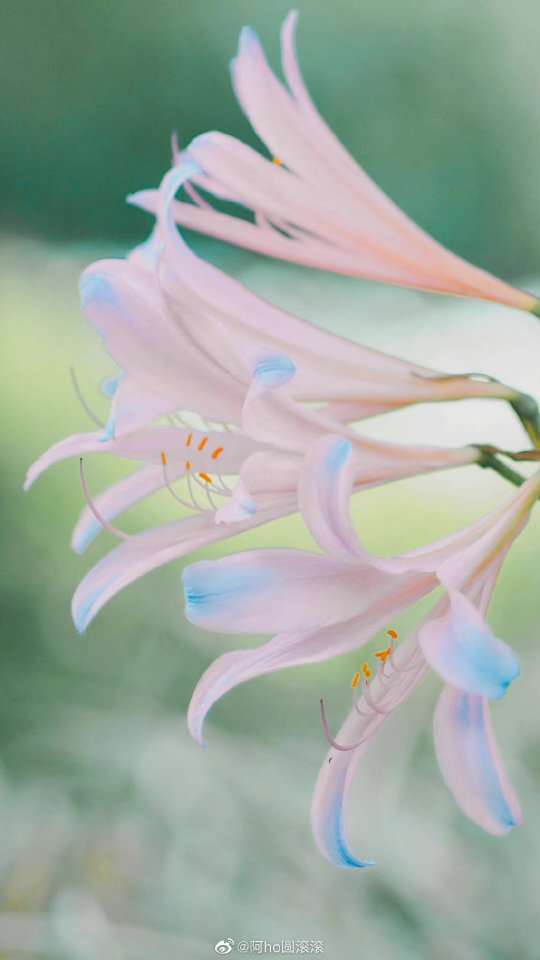
spider lily (lycoris sprengeri) in shanghai botanical garden 阿ho圆滚滚
#china#nature#scenery#flowers#floral#blossoms#blossom#flower#plants#photography#bulbous perennial that is native to central china#a member of the amaryllis family
2K notes
·
View notes
Photo
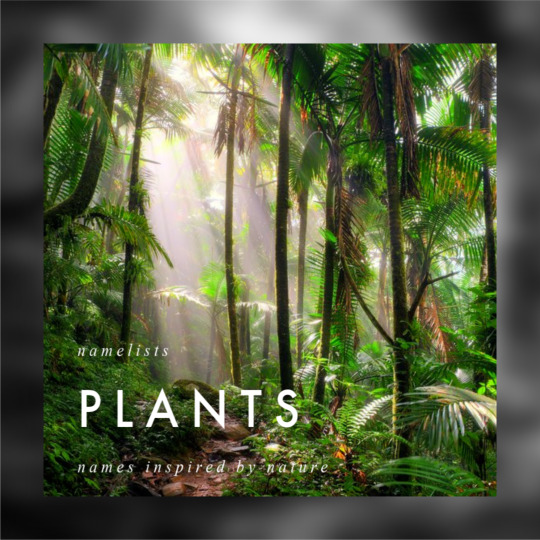
a list of names inspired by: plants
this list includes names relating to trees, shrubs, herbs, succulents and lesser-known/used flowers.
Abu: minor Sumerian god of plants
Alder: flowering plants in the birch family
Alfalfa: a perennial flowering plant in the legume family
Almond: a species of tree native to Iran
Aloe: a succulent native to the Old World tropics
Amaryllis: an autumn-flowering South African bulbous herb
Apple: the round fruit of a tree of the rose family
Aralia: trees and shrubs of the ginseng family
Artemis: Greek goddess of the hunt, wild animals, nature, wilderness
Ash: a tree with silver-gray bark and compound leaves
Aster: a plant of the daisy family with bright rayed flowers
Balsam: a herbaceous plant cultivated for its flowers
Basil: an aromatic annual herb of the mint family, native to tropical Asia
Bay: an evergreen Mediterranean shrub of the laurel family
Calla: South African plant widely cultivated for its showy pure white spathe and yellow spadix
Carraway: white-flowered aromatic Old World herb of the carrot family
Cayenne: a bush of moderately-hot, tapering, skinny, mostly red-colored peppers
Cedar: conifers which typically yield fragrant, durable timber
Chamomile: an aromatic European plant of the daisy family, with white and yellow flowers.
Cherry: trees and shrubs of the rose family cultivated for their fruits or ornamental flowers
Chervil: a plant of the parsley family, with small white flowers and delicate fernlike leaves
Chicory: a blue-flowered Mediterranean plant of the daisy family, cultivated for its edible salad leaves
Chloris: Greek goddess of flowers
Chrysanthemum: a plant of the daisy family with brightly colored ornamental flowers
Cicely: an aromatic white-flowered plant of the parsley family, with fernlike leaves
Cinnamon: an aromatic spice made from the peeled, dried, and rolled bark of a Southeast Asian tree
Clementine: a tangerine of a deep orange-red North African variety
Coral Bell: a perennial alumroot cultivated for its feathery spikes of tiny red bell-shaped flowers
Coriander: an aromatic Mediterranean plant of the parsley family
Cotton: a soft white fibrous substance that surrounds the seeds of a tropical and subtropical plant
Demeter: Greek goddess of the harvest, crops, the fertility of the earth
Diana: Roman goddess of the hunt, wild animals, nature, wilderness
Dill: an aromatic herb of the parsley family, with fine blue-green leaves and yellow flowers
Durio: a small genus of tall Asiatic and Indian trees with tapering leaves and small green flowers
Echeveria: a succulent plant with rosettes of fleshy colorful leaves
Feronia: Roman goddess associated with wildlife, fertility, health and abundance
Filbert: a cultivated hazel tree that bears edible oval nuts.
Flora: Roman goddess of flowers and the spring
Freesia: a small southern African plant of the iris family, with fragrant, colorful, tubular flowers
Gaea: Greek goddess of the earth and its personification
Gardenia: a tree or shrub with large fragrant white or yellow flowers
Haricot: an edible bean of a variety with small white seeds
Hawthorn: a thorny tree of the rose family, with white, pink, or red blossoms
Hazel: a small tree with broad leaves bearing catkins in spring and edible nuts in autumn
Hemlock: a highly poisonous European plant, with a purple-spotted stem, fernlike leaves, and small white flowers
Hickory: a chiefly North American tree of the walnut family
Holly: a shrub, typically having prickly dark green leaves, small white flowers, and red berries
Hosta: an eastern Asian plant known for its shade-tolerant foliage and mauve or white flowers.
Huckleberry: a low-growing North American shrub of the heath family
Iris: a plant with sword-shaped leaves and showy flowers, typically purple, yellow, or white
Ivy: a woody evergreen climbing plant with shiny, dark green five-pointed leaves
Jade: a succulent plant with small pink or white flowers known as a “lucky plant” or “money tree”
Juniper: an evergreen shrub or small tree that bears aromatic berrylike cones
Kale: a cabbagelike cultivated plant of the mustard family, having curled or wrinkled leaves
Lavender: a small aromatic evergreen shrub of the mint family, with narrow leaves and bluish-purple flowers
Lilac: a shrub or small tree of the olive family, that has fragrant violet, pink, or white blossoms
Magnolia: a tree or shrub with large, typically creamy-pink, waxy flowers
Mahogany: the tropical American tree that produces mahogany timber used for high-quality furniture
Maple: a tree with lobed leaves, winged fruits, and colorful autumn foliage
Medeina: Lithuanian goddess of forests
Mint: an aromatic plant native to temperate regions of the Old World
Nectarine: a genetic variant of common peaches, domesticated in China over 4,000 years ago
Oak: a tree that bears acorns as fruit, and typically has lobed deciduous leaves
Okra: a plant with long ridged seedpods, native to the Old World tropics
Olive: widely cultivated evergreen tree, native to warm regions of the Old World
Orchid: a tropical forest plant with complex flowers that are often showy or bizarrely shaped
Ostrya: a genus of small deciduous trees in the birch family
Oxylus: Greek god of forests & mountains
Palm: an unbranched evergreen tree with a crown of long feathered or fan-shaped leaves
Parsley: an herbal plant with white flowers and aromatic leaves
Peach: a Chinese tree that bears the peach fruit
Pentandra: the ceiba pentandra is a massive tropical tree with deep ridges on its trunk
Peony: a herbaceous plant of north temperate regions, cultivated for its showy flowers
Pepper: a climbing vine with berries that are dried as black or white peppercorns
Persephone: Greek goddess of spring growth
Poinsettia: a small Mexican shrub with large showy scarlet bracts surrounding the small yellow flowers
Pomona: goddess of fruit trees, gardens and orchards
Ponderosa: a tall slender pine tree, the most widespread conifer of western North America
Poppy: a herbaceous plant with showy flowers, milky sap, and rounded seeds
Porvata: Polish god of the woods
Rosemary: an evergreen aromatic shrub of the mint family, native to southern Europe
Sage: an aromatic plant with grayish-green leaves that are used as a culinary herb
Sequoia: a redwood tree, especially the California redwood.
Silvanus: tutelary spirit or deity of woods and fields and protector of forests
Spruce: a widespread coniferous tree which has a distinctive conical shape and hanging cones
Stevia: a composite herb native to South America whose leaves are the source of a natural sweetener
Sugar: sugar cane is a perennial tropical grass with tall stout jointed stems from which sugar is extracted
Sycamore: a large Eurasian maple with winged fruits, native to central and southern Europe
Tamarack: a slender North American coniferous tree with bunches of deciduous bright green needles
Terra: Roman primeval goddess personifying the earth
Tilia: a genus of about 30 species of trees or bushes
Tulip: a bulbous spring-flowering plant of the lily family, with boldly colored cup-shaped flowers
Tāne: Māori god of forests and of birds
Verbena: a chiefly American herbaceous plant which bears heads of bright showy flowers
Willow: a tree or shrub of temperate climates that typically has narrow leaves, bears catkins, and grows near water
Zelkova: an Asian tree of the elm family, cultivated for its timber, or as a bonsai tree
Zinfandel: a variety of wine grape grown in California
418 notes
·
View notes
Text
Lotus (Nelumbo nucifera)| Top Details , Best Uses & Amazing Facts
Introduction Of Lotus
Lotus (Nelumbo nucifera) an aquatic plant that belongs to the family Nelumbonaceae and has been cultivated for many centuries for various purposes including medicinal and ornamental uses. Read on to find out more about this plant’s various uses and amazing facts!
The lotus is an aquatic plant with a thick bulbous root and narrow leaves. It’s one of Earth’s oldest known flowers and can be found in freshwater lakes, ponds, rivers, and swamps around much of Asia.flower has been present since before recorded history; its use in Chinese culture dates back to about 3,000 BC. Legends say that when Buddha was born he emerged from a giant flower floating on top of Lake Anotatta in northern India.

Common & Regional Names in India
Padma, Sacred Lotus, Indian Lotus, Kamaḷa, Tāmarai, Purple Water Lily, and Sensitive Plant. Other Names: Sansevieria trifasciata, Dwarf Hygrophila, or Fish Tail plant are also called lotus in India. is one of the most beautiful aquatic plants which can be used to decorate water bodies or aquariums. It has four distinctive petals which look like a flower. This plant helps to purify air naturally without creating pollution while providing oxygen. The main stem is tall but narrow and thick at its base. The leaves of Nelumbo nucifera resemble blades with flat bottoms and a triangular shape similar to an arrowhead that’s why it’s named a water lily and sensitive plant too.
Description and Growth
Nelumbo nucifera is an aquatic perennial herbaceous plant. It can be found in tropical areas of Asia and Africa. The petals grow from a long stalk that surrounds a showy yellow or purple-black flower. The lotus has a high economic value and is one of many plants that are used for ornamental purposes. People also use it for medicinal uses.
Each kind Nelumbo nucifera of is native to different regions throughout Asia and Africa so people who live there have been using them since ancient times. In some countries like India, its cultivation dates back to 3100 B.C., but other countries where its flowers are mainly cultivated include China, Japan Vietnam, and Korea. Nowadays they have begun cultivating it all over Europe because of its growing demand.
The lily plant is known for its large green leaves that grow from a small central bulb. The huge leaf blades are generally more than 1m across and have a slightly wavy margin. The center of each blade features a darker green oval shape towards which branches off many thinners’ leaves radiating outwards in all directions; it’s almost as if these smaller leaves are acting as spokes on a wheel to support their larger counterpart.
Each stem may branch out up to 3 times before ending in one final flower head. Finally, each flower head consists of numerous bright yellow flowers arranged around a thickened spike at its core—the mature seeds of which serve as food for wildlife and humans alike.
Cultivation
Lotus can be grown in ponds or in deep, rich soil that drains quickly. The plant grows best in areas with warm climates and plenty of sunlight.Nelumbo nucifera is a free-floating plant which means it doesn’t need to be planted but rather added to an existing body of water. The roots will adhere to whatever surface they touch and even thrive underwater
As such you don’t need to worry about planting a specific type of lotus. If you want flower for a pond or other body of water, simply obtain three rhizomes from your local nursery and add them directly into the water when temperatures are between 50 ̊F and 75 ̊F. It will take around three years for your plants to mature into their prime flower-producing state.
Facts And Uses
Nelumbo nucifera is a plant in the Nymphaeaceae family. It has been used in traditional Chinese medicine for treating common colds, coughs, and skin wounds. In Japan, it is commonly seen in outdoor arrangements. The flowers of water lily are pale pink to deep red or orange and can bloom at night or during daytime with occasional pink to white petals. The flower buds are always deep red or orange before opening and become lighter when they open fully. Lotus roots have been used for centuries for treating liver
0 notes
Text
Garlic
Garlic tree and bulb
Garlic: The spice / herb is a bulbous perennial plant that grows about a meter high above the ground bearing pinkish, greenish or white flowers. The bulb inside the ground is arranged in cloves which are actually the useful ingredient but occasionally the greens are also used for cooking as vegetable. It is a native of Central Asia, Western China and Mediterranean. Its use…

View On WordPress
0 notes